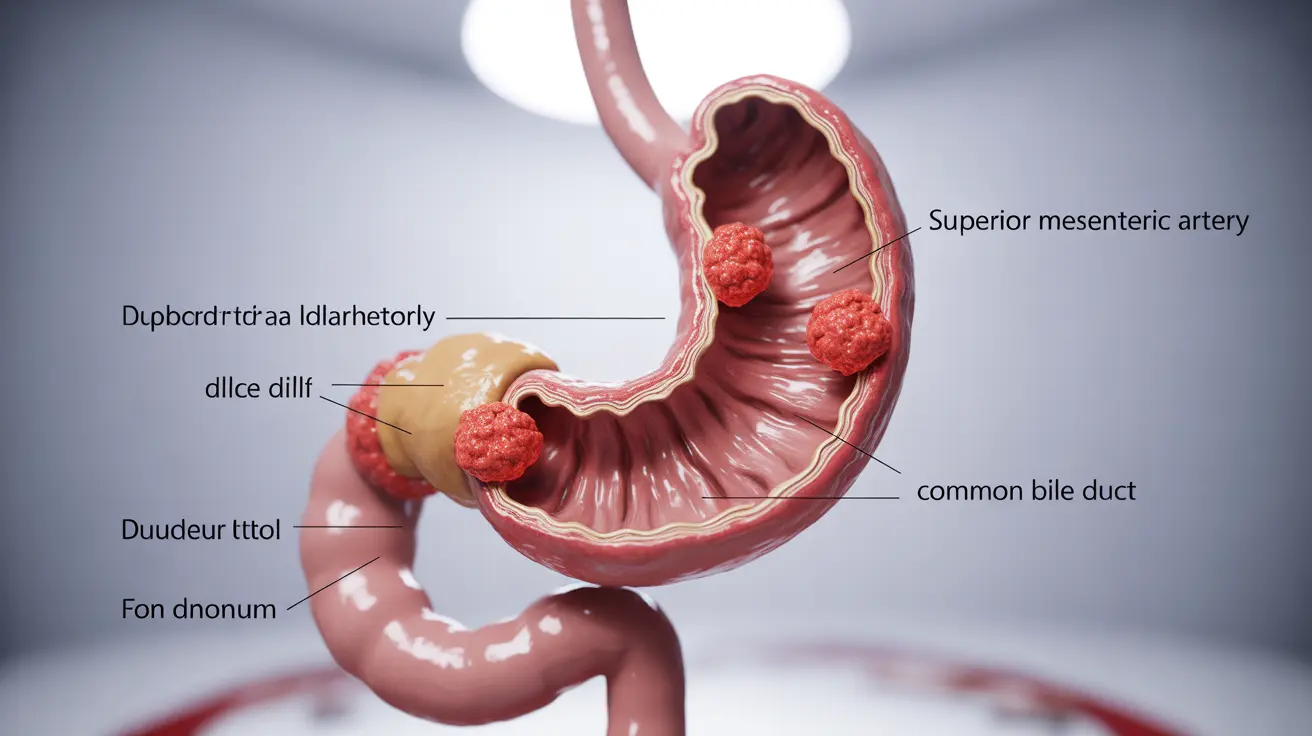Duodenal cancer is a rare but serious form of cancer that develops in the duodenum, the first part of the small intestine. This important digestive organ connects directly to the stomach and plays a crucial role in the breakdown and absorption of nutrients. Understanding the signs, symptoms, and available treatments for duodenal cancer is essential for early detection and improved outcomes.
What is Duodenal Cancer?
Duodenal cancer occurs when abnormal cells begin to grow uncontrollably in the duodenum's tissue. While relatively uncommon compared to other gastrointestinal cancers, it requires prompt medical attention when detected. The cancer can affect various parts of the duodenum and may spread to nearby organs if left untreated.
Early Warning Signs and Symptoms
Recognizing the early signs of duodenal cancer is crucial for timely intervention. Common symptoms include:
- Unexplained weight loss
- Abdominal pain or discomfort
- Dark or bloody stools
- Fatigue and weakness
- Jaundice (yellowing of the skin and eyes)
- Loss of appetite
These symptoms may initially be mild or easily attributed to other conditions, making early diagnosis challenging. However, persistent symptoms warrant medical evaluation.
Diagnosis and Testing Procedures
Diagnosing duodenal cancer typically involves multiple diagnostic tools and procedures:
Physical Examination and Medical History
Doctors begin with a thorough physical examination and detailed review of symptoms and medical history, including family history of cancer.
Imaging Tests
Various imaging techniques may be used, including:
- CT scans
- MRI
- Endoscopic ultrasound
- PET scans
Endoscopic Procedures
Upper endoscopy allows direct visualization of the duodenum and collection of tissue samples (biopsies) for laboratory analysis. This is often the definitive diagnostic tool.
Treatment Approaches
Treatment for duodenal cancer typically involves a multi-modal approach, depending on the cancer's stage and the patient's overall health.
Surgical Options
Surgery is often the primary treatment, which may include:
- Whipple procedure (pancreaticoduodenectomy)
- Segmental resection
- Minimally invasive surgical techniques when appropriate
Additional Therapies
Other treatment modalities may include:
- Chemotherapy
- Radiation therapy
- Targeted biological therapies
- Immunotherapy in certain cases
Recovery and Outlook
Recovery from duodenal cancer treatment varies depending on the extent of the disease and the specific treatments received. Regular follow-up care is essential to monitor for potential recurrence and manage any long-term effects of treatment.
Frequently Asked Questions
What are the most common symptoms of duodenal cancer that should prompt medical evaluation?
The most common symptoms include unexplained weight loss, abdominal pain, dark or bloody stools, fatigue, jaundice, and loss of appetite. Any persistent digestive symptoms should be evaluated by a healthcare provider.
How is duodenal cancer diagnosed and what tests are usually involved?
Diagnosis typically involves physical examination, imaging tests (CT, MRI, endoscopic ultrasound), and endoscopic procedures with biopsy. Blood tests and other laboratory studies may also be performed to assess overall health and cancer markers.
What treatment options are available for duodenal cancer and how is surgery performed?
Treatment options include surgery (such as the Whipple procedure or segmental resection), chemotherapy, radiation therapy, and targeted biological treatments. The specific surgical approach depends on the tumor's location and extent.
Can duodenal cancer cause digestive problems like nausea, vomiting, or weight loss?
Yes, duodenal cancer commonly causes digestive problems including nausea, vomiting, and weight loss. These symptoms occur because the cancer can obstruct or interfere with normal digestive processes.
What are the survival rates for duodenal cancer when detected early versus late?
Survival rates vary significantly based on the stage at diagnosis. Early detection generally offers better outcomes, with five-year survival rates being notably higher for localized disease compared to cases where the cancer has spread to other organs.




